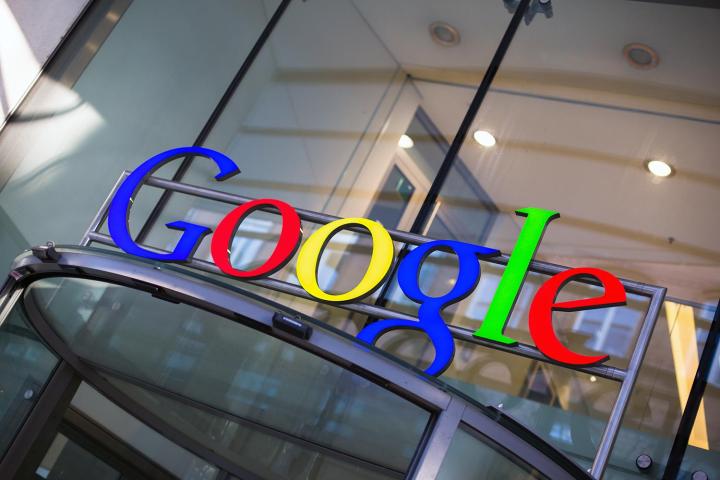
Most popular Google apps, such as Google+, Gmail, and the Google Play Store, need the user to have a Google account. While hardly restrictive, it can be an issue if Google doesn’t have a large presence in the respective market. There’s also the case some people may not want to sign up with Google at all.
Google’s possible decision to put some effort into a cross-platform, Google-free messaging app may have been influenced by Facebook’s acquisition of WhatsApp, and a desire to not lose ground in emerging markets. WhatsApp, for example, has 65 million users in India alone, and Viber’s new owner has major international expansion plans too. We’ve seen this strategy before recently, after BlackBerry let its BBM app out into the world, aiming it primarily at Africa. Google’s app may be localized to include multi-language support, giving it stronger appeal.
There’s no official confirmation from Google, but an anonymous source informed the Economic Times the new app would launch in 2015, and would be free to use. This sets it apart from WhatsApp, which charges a modest annual fee, and puts it in competition with the free – and feature-packed – Line app.
Editors' Recommendations
- How to get Android apps on a Chromebook
- Google just released the first Android 15 beta. Here’s what’s new
- Google Pixel 9: news, rumored price, release date, and more
- Google Messages vs. Samsung Messages: Which app should you use?
- Is Temu legit? Everything you need to know about the shopping app




